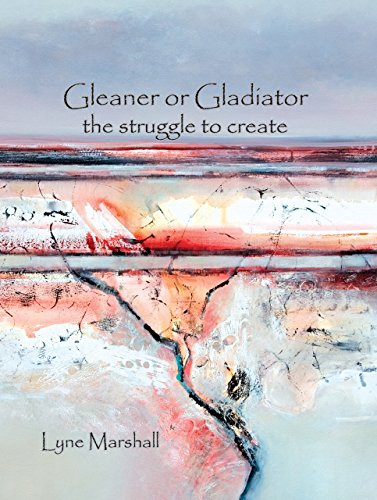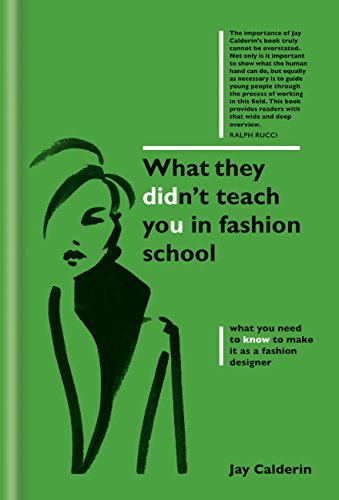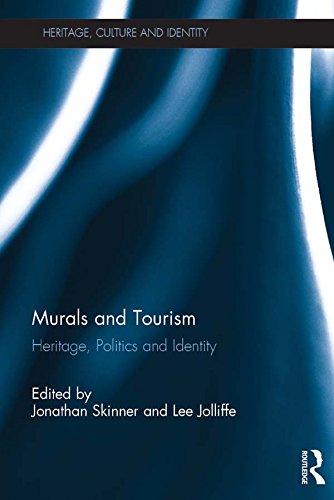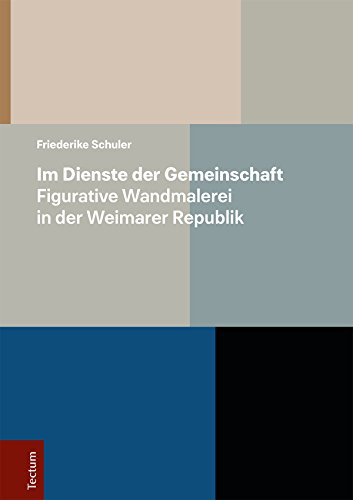
By A. Unger,A.P. Schniewind,W. Unger

By A. Unger,A.P. Schniewind,W. Unger

By Richard Kämmerlings
Wer heute den Roman eines deutschsprachigen Autors in die Hand nimmt, darf die Erwartung haben, darin etwas über die Zeit zu erfahren, in der er lebt.
Der Literaturkritiker Richard Kämmerlings erzählt sehr persönlich von literarischen Glanzlichtern der letzten 20 Jahre und der Zeit, die sie spiegeln. Von den Kriegen und intercourse, von Wirtschaftkrise und Berlin-Boom, von Terror und Migration.
Literaturgeschichte als Zeitgeschichte und großes Lesevergnügen.

By Lyne Marshall,Peter Marshall

By Jay Calderin
How do you navigate the complicated and aggressive style global after the relative convenience of favor institution? How do you discover ways to adapt to an that always evolves and throws new demanding situations your approach? And especially, how do you play on your strengths as a dressmaker, and construct a winning occupation in business.
What they did not educate You in type college is your survival consultant to the style undefined. supplying specialist suggestion, and many notion, Jay Calderin indicates you the way to make a super profession within the exhilarating global of fashion.

By Lea Schock

By Gianfranco Ravasi

By Finley Eversole
• offers a seven-stage trip of transformation relocating from the darkened soul to the sunshine of religious illumination
• offers a meditation perform to adventure the religious power embedded inside of paintings
• comprises artists Alex gray, Jackson Pollock, Mark Rothko, Walter Gaudnek, and others
Art and religious Transformation offers a seven-stage trip from the darkened soul to the sunshine of religious illumination that's attainable during the international of artwork. Finley Eversole introduces a meditation perform that strikes past the visible content material of an artwork shape with a view to connect to its embedded non secular power, permitting the viewer to faucet in to the deeper cognizance inherent within the paintings and wake up dormant powers within the depths of the viewer’s soul.
Examining glossy and postmodern art from 1945 onward, Eversole unearths the impacts of historic Egypt, India, China, and alchemy in this paintings. He attracts commonly on philosophy, delusion and symbolism, literature, and metaphysics to give an explanation for the seven phases of non secular demise and rebirth of the soul attainable via artwork: the event of self-loss, the adventure into the underworld, the adventure of the darkish evening of the soul, the clash with and overcome evil, the awakening of recent existence within the depths of being, and the go back and reintegration of awareness on a better airplane of being, ensuing eventually in ecstasy, transfiguration, illumination, and liberation. to demonstrate those phases, Eversole contains works by way of summary expressionists Jackson Pollock, Willem de Kooning, and Mark Rothko and sleek visionary artists Alex gray and Ernst Fuchs, between others, to bare the strong and releasing forces artwork contributes to the transformation and evolution of human consciousness.

By Jonathan Skinner,Lee Jolliffe
Around the realm, travelers are attracted to stopover at work of art painted on partitions. even if historical past asset, legacy leftover, or contested paintings house, the mural is greater than an easy vacationer charm or unintentional element of tourism fabric tradition. They convey anything in regards to the politics, history and identification of the destinations being visited, even if a medieval fresco in an Italian church, or smooth political paintings present in Belfast or Tehran.
This interdisciplinary and hugely foreign booklet explores tourism round work of art which are both evolving or have transitioned as tools of politics, history and id. It explores the varied messaging of those work of art: their construction, interpretation, advertising and – every now and then – destruction. It argues that the mural is greater than an easy vacationer appeal or unintended element of tourism fabric tradition.
Murals and Tourism
can be invaluable studying for these drawn to cultural geography, tourism, history reports and the visible arts.

By Friederike Schuler

By Helmut A. Seidl